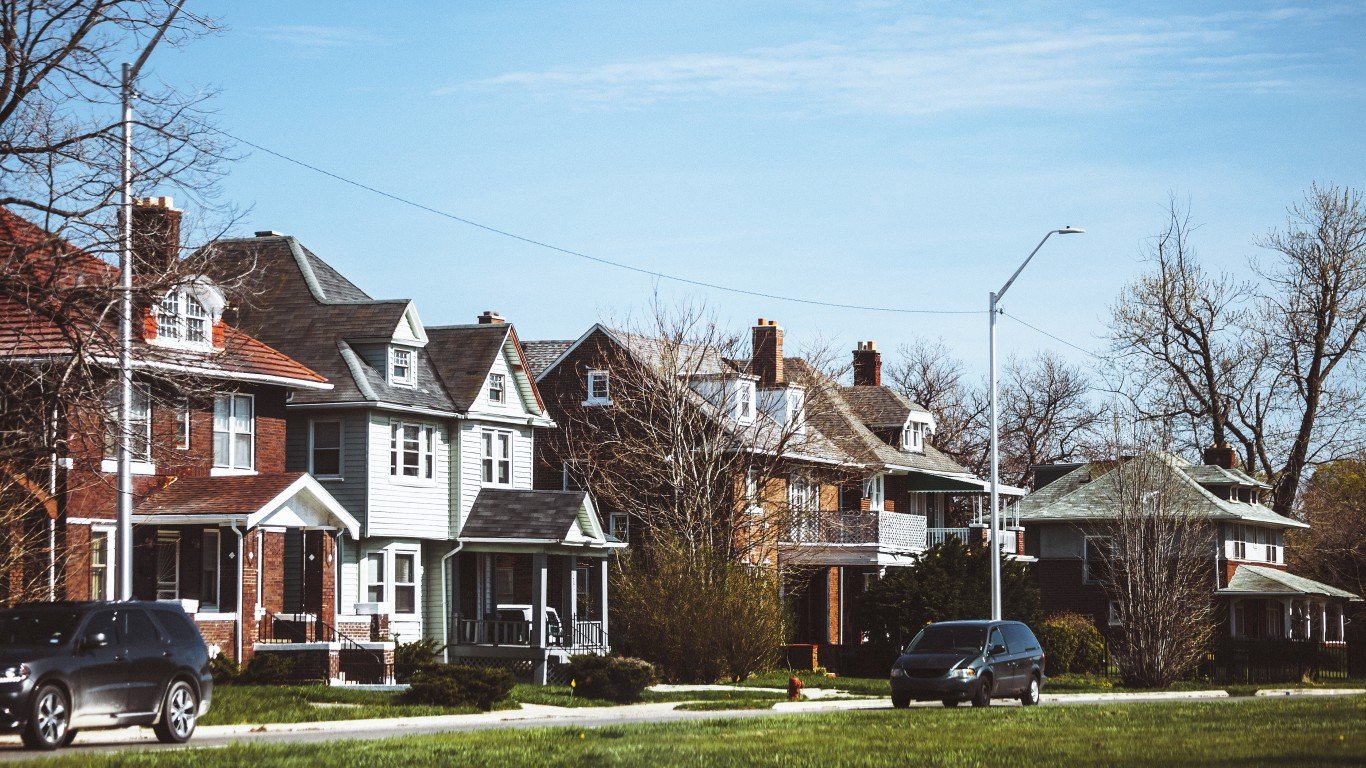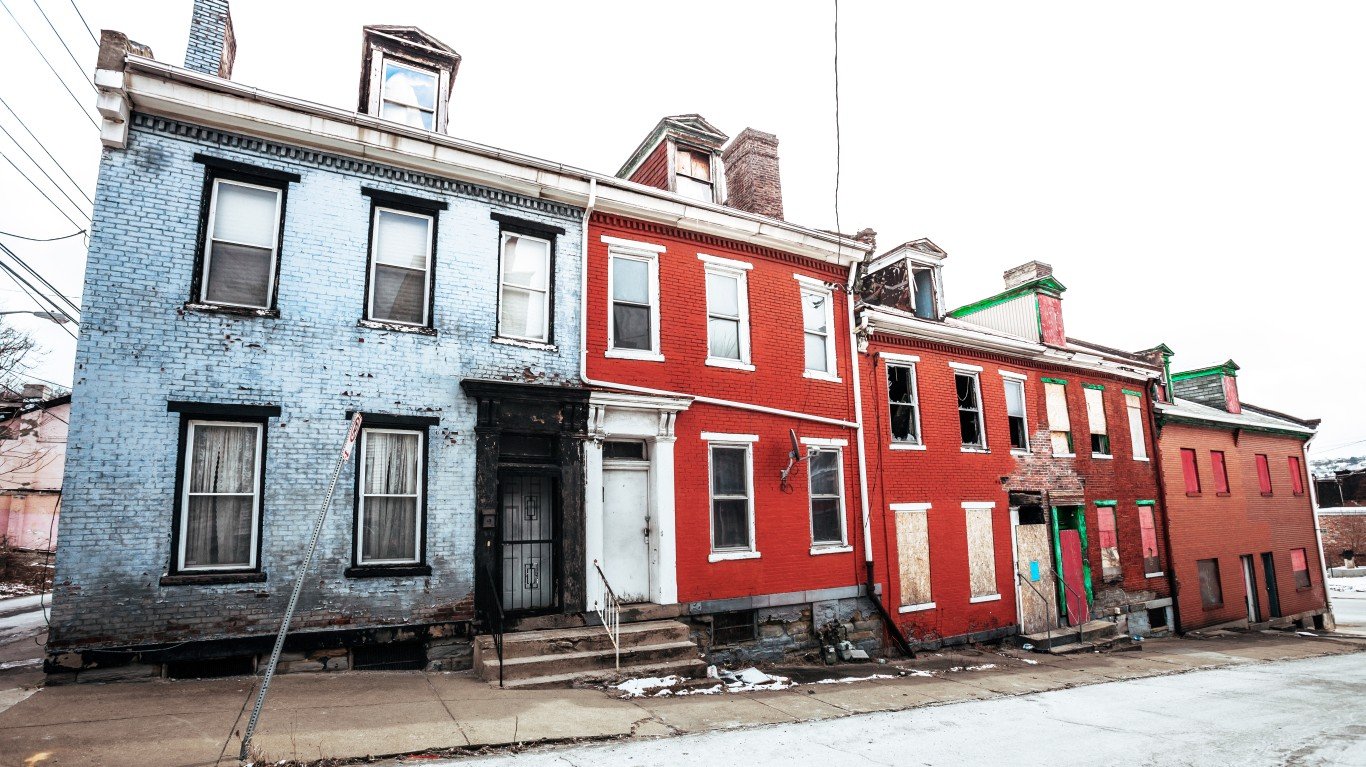
Source: Thinkstock
The metropolitan area for flipping a house was Baltimore-Towson, Md., where the average gross return on investment was 94.1% in the first quarter. That is nearly 20 points higher than the second-best market of Deltona-Daytona Beach-Ormond Beach, Fla., where the average return was 74.7%.
According to the data on flipped homes compiled by RealtyTrac, the average gross profit — the difference between the purchase price and the flipped price — for completed flips in the first quarter was $72,450, up from $65,290 sequentially and up from $61,684 in the first quarter of 2014. That is the highest level going back to the first quarter of 2011, the earliest period for which data are available.
Average gross return on investment (ROI) was 35.1% in the first quarter, down slightly from 35.3% in the fourth quarter of 2014 and up slightly from 35.0% in the first quarter of last year.
More than half of all flipped sales in the first quarter involved houses priced between $100,000 and $300,000. About 34% of all sales were priced between $100,000 and $200,000, and another 19% were priced between $200,000 and $300,000. ROI was highest on homes priced between $100,000 and $200,000 at 47%. The second-best ROI of 44% involved sales of homes priced between $1 million and $2 million.
ALSO READ: America’s Fastest Shrinking Cities
A RealtyTrac executive said:
The strong returns for home flippers in the first quarter demonstrates that there is still a need in this recovering real estate market for move-in ready homes rehabbed to more modern tastes, particularly given the dearth of new homes being built. The challenge for flippers in 2015 will be finding inventory to flip. Flippers ideally want to buy distressed homes that provide them with an opportunity to add value in markets where there is good affordability and ample demand from buyers for the finished flip product — whether those buyers are millennials becoming first-time homebuyers, baby boomers purchasing their present or future retirement home, or buy-and-hold real estate investors looking for turnkey rental properties that cash flow.
In addition to the Baltimore and Daytona Beach metro areas, other top flipping markets included Ocala, Fla. (73.9% gross ROI); Lakeland, Fla. (62.5% gross ROI); and Detroit-Warren-Livonia, Mich. (58.3% ROI).
Among markets with at least 50 completed single-family home flips in the first quarter, those where flips accounted for the highest percentage of all home sales in the first quarter, were Memphis (10.6%), Ocala (8.0%), Miami (7.9%), Tampa (7.4%) and Sarasota (7.2%).
Of the completed flips on single family homes in the first quarter, 34.7% were flipped to non-owner-occupant buyers — real estate investors and second home buyers — the highest share since the first quarter of 2011. Owner-occupant buyers purchased the majority of flipped properties, 65.3%, but that was down from 67.2% in the previous quarter and down from 71.4% in the first quarter of 2014. The share of flipped homes sold to owner-occupants peaked in the second quarter of 2012 at 74.1%.
The average time to flip a house rose from 162 days in the fourth quarter of last year to 176 days, the longest time since RealtyTrac began collecting the data in 2011.
ALSO READ: The Most Republican County in Each State
Essential Tips for Investing: Sponsored
A financial advisor can help you understand the advantages and disadvantages of investment properties. Finding a qualified financial advisor doesn’t have to be hard. SmartAsset’s free tool matches you with up to three financial advisors who serve your area, and you can interview your advisor matches at no cost to decide which one is right for you. If you’re ready to find an advisor who can help you achieve your financial goals, get started now.
Investing in real estate can diversify your portfolio. But expanding your horizons may add additional costs. If you’re an investor looking to minimize expenses, consider checking out online brokerages. They often offer low investment fees, helping you maximize your profit.
Thank you for reading! Have some feedback for us?
Contact the 24/7 Wall St. editorial team.



